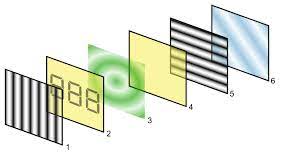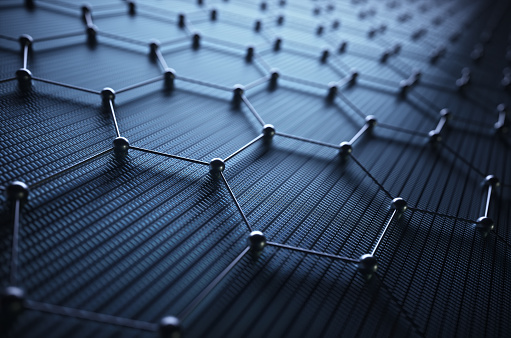Behind the Screen
As a student during the pandemic, I have grown reliant on technology for my everyday academic and social tasks. From the moment I wake up to the time I fall asleep, I am almost always in contact with a device. I believe it’s quite interesting how we always look at our screens but never truly understand what they are made of. We as a society are wholly dependent on technology but don’t even understand how our devices work. Hence, I have decided to explore the wonders of a screen, one of the most studied and analyzed pieces of equipment we own but never comprehend the science of.
There are several different types of screens that are used today. Some include Liquid Crystal Display (LCD), Plasma Display Panel (PDP), and Light-Emitting Diode (LED) Displays. For today, however, we will focus on the LCD’s science. LCDs are most common as monitors, TVs, and for significant screening purposes, such as electric billboards. They are further used for mobile games and digital cameras. It should be noted that modern-day cellphones do not have LCD screens but instead use OLED screens, providing better picture quality.
The LCD has seven layers to work correctly and create the screens we know today. Firstly is the covered glass, then the polarized filter, third is the color filter, next is the liquid crystal, after is the TFT, another polarizing filter, black light, and lastly, the case.

The glass screen used on the LCD initially had a significant purpose with the first monitors but now acts as a source of protection for the filters. There are three primary materials for glass screens, soda-lime, dragontrail glass, and gorilla glass.
The purpose of a polarized filter is to reduce glare. It forces the light to move in a vertical position but does not reduce the intensity of the light significantly. Initially, the filters were made of microscopic herapathite crystals. It is currently in an H-sheet form made from polyvinyl alcohol (PVA) plastic with iodine doping.
Color filters are made from fine pieces of dyed glass, plastic, and lacquered gelatin. The material’s transparency allows for a modification of the light beam through selective absorption of specific colors.
The most important part of the LCD is the liquid crystal. The substance gets its name due to the notion that it retains a fluid state of matter while obtaining a solid crystal’s characteristics. For example, the molecules retain a cylindrical shape that may twist when changing orientation. In addition, the liquid crystal must retain an average structural order along its axis, known as anisotropic.
A TFT, also known as Thin-Film Transistors, is an Amorphous silicon transistor etched on the polarizing glass substrates. They are what provide the voltage to power the LCD. Each pixel must have its transistor.
The backlight is what brings light to the screen and is what illuminates the device. Without it, the device would be close to unusable. Simple screens such as calculators and clocks do not rely on back lighting; however, monitors, TVs, cellphones, and any lit screens require a backlight. There are several types of backlight available. This includes the infamous LED. The LED is the most commonly used backlight. It is a semiconductor that uses particles carrying electric charges to combine with the electrons and release photons, which create light. The LEDs change color by changing the wavelength of the photons. Additionally, there are electroluminescence panels, also known as ELP, which use electroluminescent materials that emit light due to an electric current flowing between two conductors. Next, there are cold cathode fluorescent lamps (CCFL) that use a cathode that isn’t heated with a diffuser before a lamp to ensure the light is spread across the screen. It obtains light by discharging mercury vapor to create UV light. The UV light is fluorescent and hence creates visible light. Therefore, creating a non-heated thermionic emission of electrons. Lastly, Hot Cathode Fluorescent lamps excite the mercury elements with heat, causing electron flow and hence light.
It’s incredible to witness the immense effort put into each screen. We use technology so often and wonder about so many different devices that, at some point, one may struggle to comprehend the sheer wonder behind each piece of glass. At times, it is a wonder that so many different components, devices, materials, and ideas may collaborate to make our lives as easy as they are today.
Sources:
- Basic Things You Need to Know About LCD Display, Stone, https://www.stoneitech.com/basic-things-you-need-to-know-about-lcd-display/
- Color Filter, Britannica, https://www.britannica.com/technology/color-filter
- Display Glass, Corning, https://www.corning.com/worldwide/en/products/display-glass/the-glass-stack.html
- LCD Monitors, How Stuff Works, https://computer.howstuffworks.com/monitor5.htm
